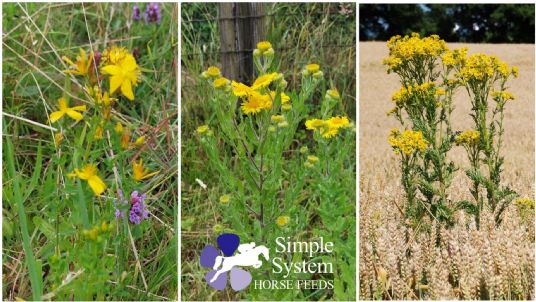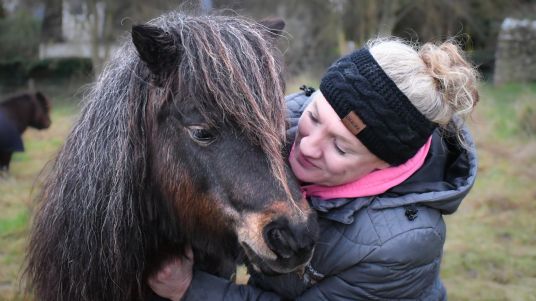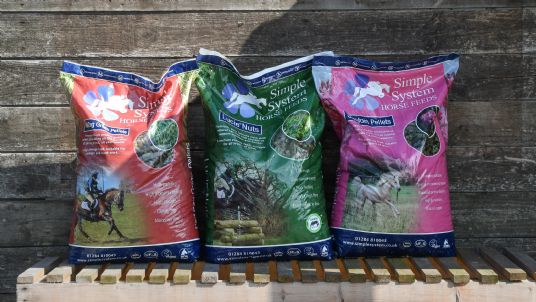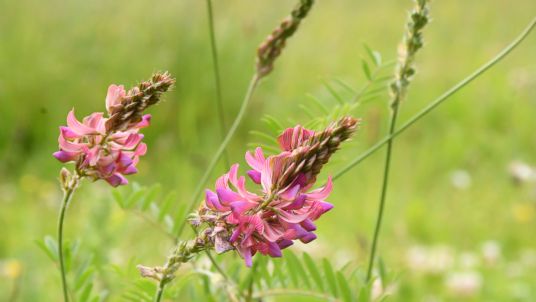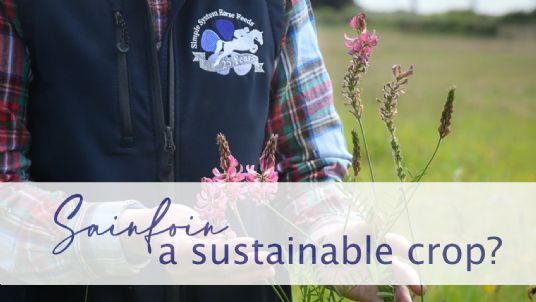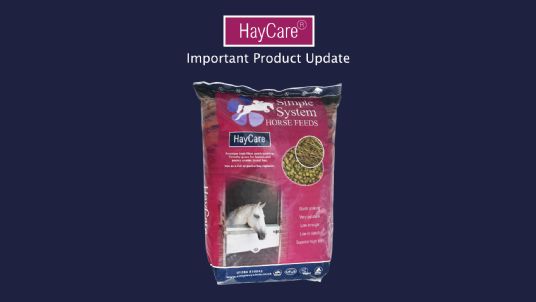Ragwort - or not?
The majority of horse owners are aware of what ragwort looks like, along with the dangers it presents for our horses. So much so we spend a good amount of time and effort digging it up from our paddocks before it sets to seed. But what about plants that look a bit like ragwort?
